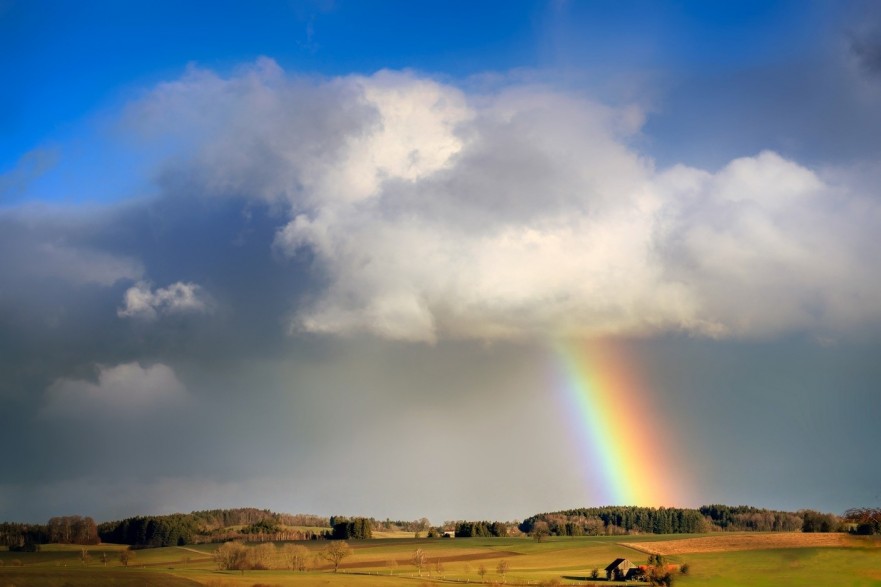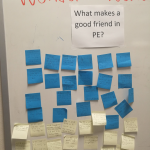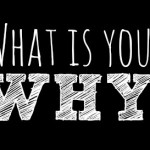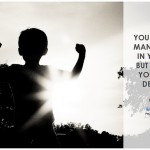Reflection is the most important thing a teacher can do if they want to improve. We were told this as preservice teachers and we’re reminded of it constantly. We all know we need to do more of it in order to keep growing, but… reflecting is hard!
Reflecting means willingly remembering and analyzing our successes as well as our mistakes. That can be pretty painful. To avoid the pain some teachers gloss over their mistakes and externalize the blame when a lesson goes wrong. Others spend a disproportionate amount of time dwelling on the negative.
For myself, I know my tendency is to reflect more on the bad days in that old pursuit of perfectionism. I remember analyzing every painful detail—and there were plenty of them. Here are a few of the mistakes I’ve agonized over:
- Not greeting the students as they walked in the room because I was too busy prepping an awesome “team builder” activity. You could say I missed the boat on that one.
- Rushing through the review so I had more time to get the students to mastery, only to realize at the end of the lesson that time spent on the review would have made reaching the objective easier and faster. Genius.
- Finally realizing that the reason that one student was disruptive in my class was because I was consistently criticizing her. Nice going, Sherlock. That one took you a while, didn’t it?
Recalling these painful details from my lessons each day did make me grow. I took more time to notice my kids’ needs, nailed more lessons, and switched my classroom management strategy from punitive to one of incentives and reinforcement. But all this negative reflecting meant that even as I was getting better at teaching, I was feeling worse about myself as a teacher. I got praise for doing a good job, but I could only see the ways I was failing. I was a better teacher, but I didn’t feel it.
Then several months ago I started reflecting in a new way. I call it “Making Rainbows.” This is how it goes:
I think through the day until I remember something I did well. I write that down next to a picture of a sun. Then I choose one (and only one) thing that caused a negative emotion in me or someone else. I write that down next to a cloud. Lastly, I think about how these two things are or are not related and I try to make a connection. I write this down by a rainbow. This part is where insight happens. It often requires some critical analysis and examination of assumptions. Some days I really have to dig deep to think of a way these two things could be combined to develop new meaning.
Here’s an example:
Sun: I had great communication with my co-teacher today—we’re building trust a little at a time.
Cloud: I am frustrated that there are some students I just can’t seem to reach.
Rainbow: The more I communicate—the more trust we build—the more we can work to help our students together.
Here’s the reason this works: If we were to take a good experience and a bad experience and reflect on those separately, we would feel a tension—am I good teacher or a bad teacher? The cognitive dissonance in that experience is often so uncomfortable we dismiss either the positive or negative as a way to make sense of the complexity of our experiences. By shutting out the one or the other, we might make ourselves feel better in the short term, but we’ll lose out on an opportunity to grow. BUT! If we do the cognitive work of synthesizing the positive and the negative experiences to forge new meaning, we’ll gain insight and inspiration.
By reflecting this way—forging new meaning out of the good and the bad—I am not only getting better, I’m feeling better too.
Do you have a favorite strategy for reflecting at the end of the day?
What are some ways you have found to help yourself feel good about your work even with the ever-present challenges?
If you’re willing to give ‘making a rainbow’ a try, share it in the comments below!
Image credit: Albrecht Fietz from Pixabay
Image by <a href=”https://pixabay.com/users/fietzfotos-6795508/?utm_source=link-attribution&utm_medium=referral&utm_campaign=image&utm_content=4047523″>Albrecht Fietz</a> from <a href=”https://pixabay.com/?utm_source=link-attribution&utm_medium=referral&utm_campaign=image&utm_content=4047523″>Pixabay</a>










Comments 4
Thank you for this perspective! Like you, I also tend to be overly critical of myself. I follow the same pattern you described, I briefly acknowledge my successes but will relentlessly perseverate on what I perceive to be failures. I love the idea of making rainbows and plan to try this reflective strategy!
My hardest reflection was last year when I had 1 section of English 10. Usually I get to tweak things as the day goes on to make my lessons better, but since only had 1 section of the class, I only had 1 chance to do it right. Every class I would reflect on what went wrong only to have to move on to the next day. I needed some rainbow reflections then.
Randi,
Thank you for sharing this perspective. Love the idea of reflecting on a something you did well, something that caused a negative emotion and using the rainbow to bridge and connect the two. Can’t wait to make a rainbow.
I so agree that I’m more likely to reflect (and beat myself up) after a bad day. I heard a tool the other day that’s kind of like your rainbow – basically, give a name to whatever’s eating at you and that helps contain it. When it pops up, you address it by name, give it any attention it’s due and put it away. A friend says, “You have to name it to tame it.”